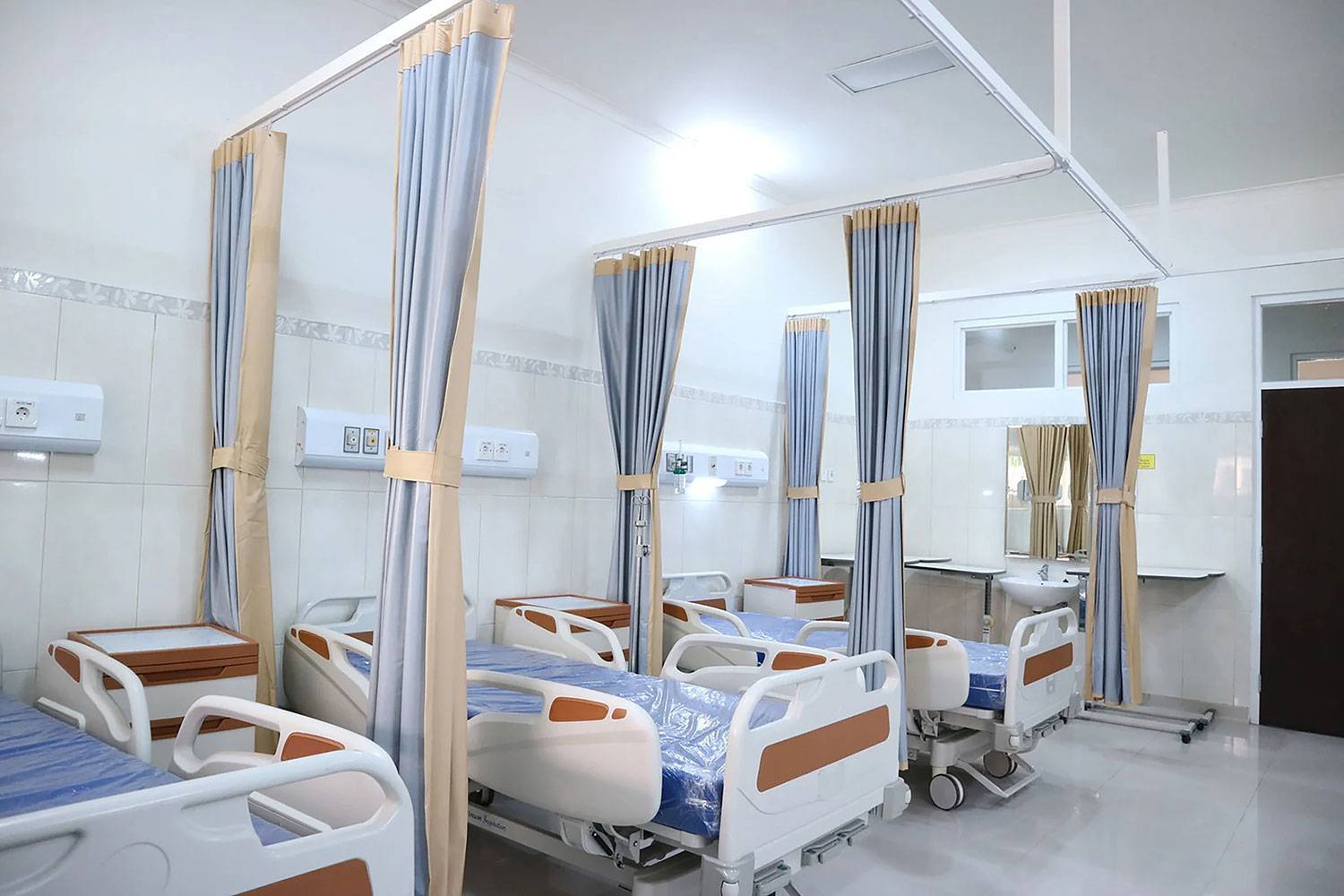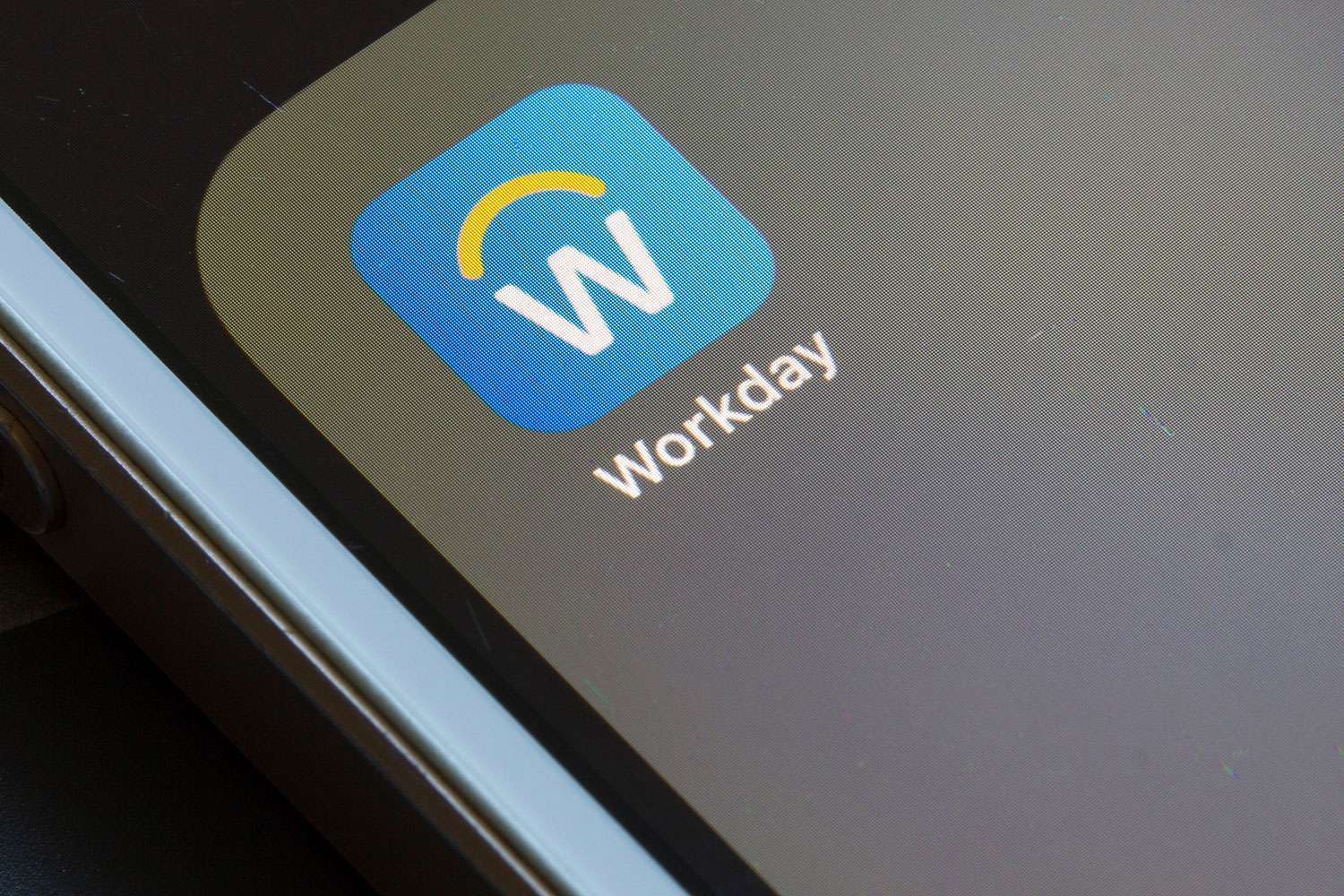Why Cost Analysis is Vital for Community Hospital Success

Even before COVID-19 reared its ugly head and saw millions of Americans afraid to leave home on routine errands, much less to go see a doctor, community hospitals were starting to struggle when it came to attracting patients. The higher costs for procedures and hospitalization were hitting hard and hospitals were starting to get strapped for cash, requiring a move towards value-based care, where providers are paid based on patient health outcomes.
Post-COVID Hospitals Have a Need for Better Cost Analysis
With hospitals overflowing with COVID patients, leaving few beds for other health conditions, hospitals nationwide were projected to lose $54 billion in net income in 20201. Sicker patients required longer stays, and higher expenses were seen across the board as hospitals had to pay increasing costs for medical and safety supplies, pharmaceuticals, skilled laborers, purchased services, and personal protective equipment (PPE).
As we slowly emerge the post-COVID-19 world, hospitals are seeing the need for better cost analysis to understand whether or not particular service lines are profitable enough to keep committing funding to them. It's a bitter pill to have to swallow, but better to do it with a complete look at the numbers that matter than having to make gut decisions and best guesses to decide what components of the organization go, and which employees lose their jobs along with it.
The Answer is Already In-House
When community hospitals consider the need for cost accounting systems and worry about the price tag on such a solution to accesses an extensive deep dive into data analysis, they often don't realize that if they are using PeopleSoft as their ERP of choice, the answer to their problems is already in house.
While many hospitals rely on PeopleSoft for basic financial needs like planning and budgeting, the venerable ERP also has robust cost and profitability analysis that can analyze the true costs of different services lines, break those costs down by patient segment, and perform “what-if” analyses that can be crucial during uncertain times like those we see in the current global landscape.
By collecting valuable data about every component of patient care, community hospitals can begin projecting budgets, formulating plans to cut costs, and determine how aggressive they need to be in collection of payments from insurance companies and patients.
In 2020, PeopleTools 8.58 introduced the PeopleSoft Data Distribution Framework which integrates with Machine Learning (ML) platforms. ML works by allowing a machine to parse data at a blazing speed, searching for patterns that might take a human analyst days, weeks, or months to discover – or even fail to notice at all. This might be a functionality that your PeopleSoft squad needs help with.
Artificial Intelligence (AI) is a Significant Learning Curve for Many People
While Artificial Intelligence (AI) has been used in data analysis for almost a decade, it still has a significant learning curve for many people. Community hospitals have been strapped for staff for years; putting out the call for a PeopleSoft expert who can find ways to drill down and unlock your hospital's best fit for a smooth financial future might go unanswered locally.
ERPA has a deep talent pool of highly experienced PeopleSoft experts and we'd love to speak with you about your needs and how we can help solve your business challenges. Just fill out the form below and someone will reach out.































